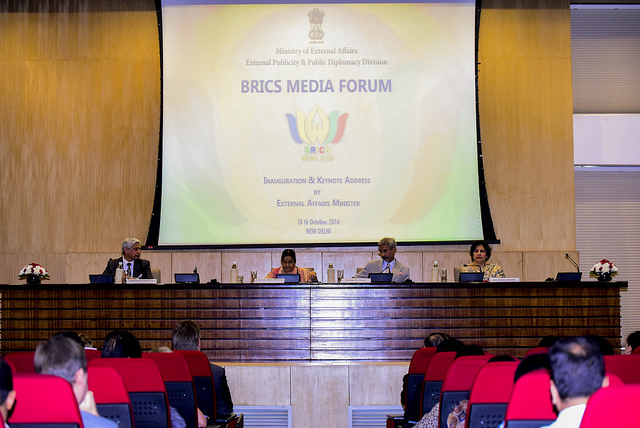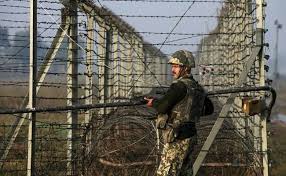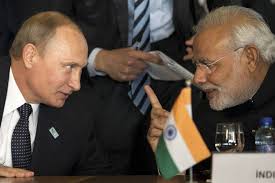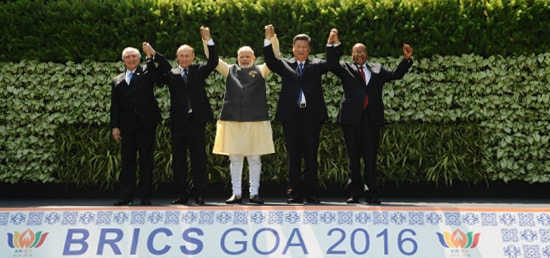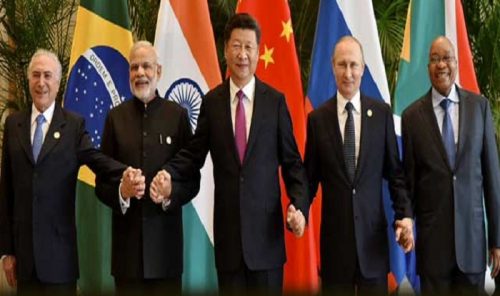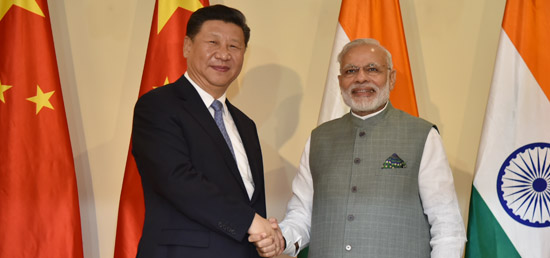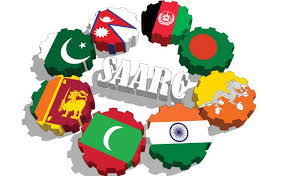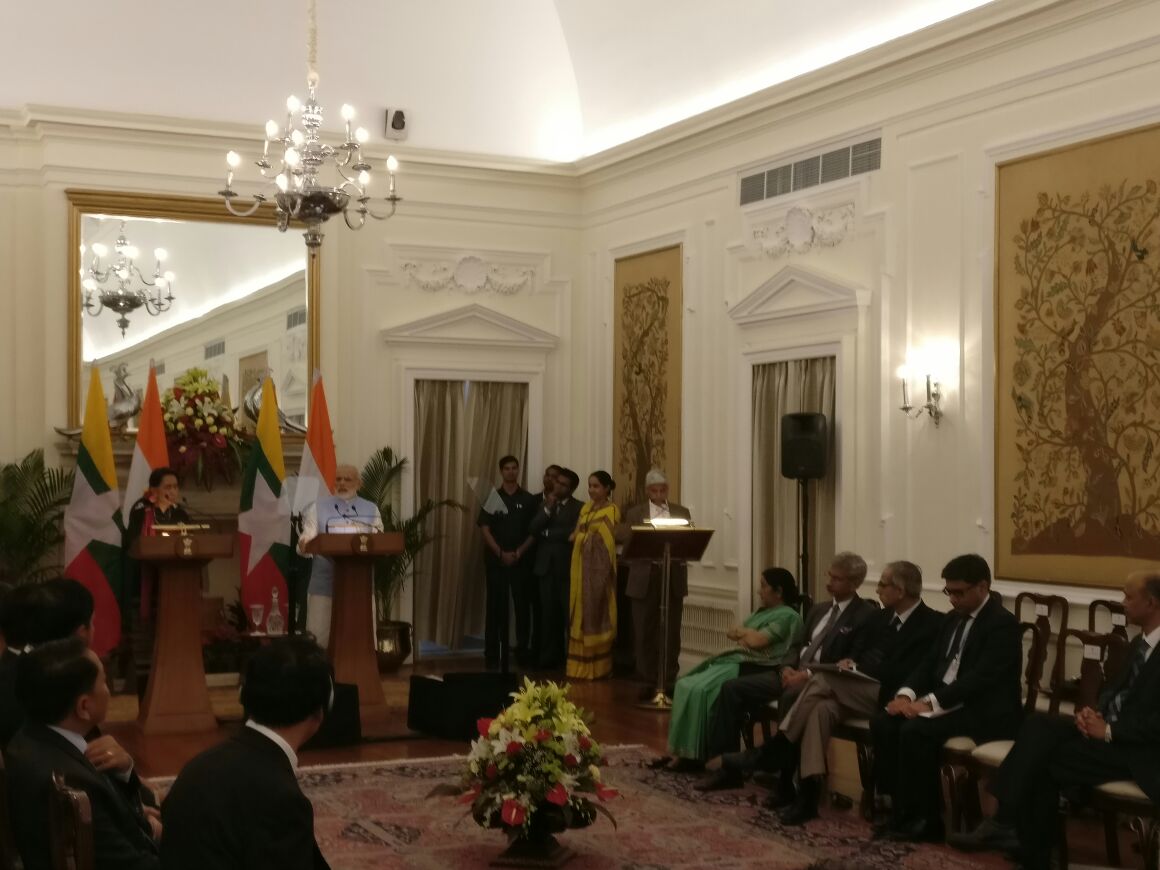
Suu Kyi visit: India, Myanmar to scale up energy, counter-terror cooperation
Signalling a fresh ballast to New Delhi’s Act policy, India and Myanmar, Southeast Asia’s emerging powerhouse, have decided to scale up their economic and strategic relations to a new level as the two countries signed three pacts in areas of power, banking and training. In a boost to New Delhi’s campaign to isolate Pakistan, Myanmar rallied in support of India and shared the assessment that “the fight against terrorism should target terrorists, hold to account terror organisations, networks and also states that encourage, support or finance terrorism in any way.”
India’s Prime Minster, Narendra Modi and Myanmar’s State Counsellor Aung San Suu Kyi had wide range talks in New Delhi on October 19, three days after they met at the BIMSTEC Summit in Goa. Mr Modi was all praise for dynamism and leadership of the India-educated Suu Kyi, who is spearheading the transformation of Myanmar since the NDL came to power last year. Mr Modi conveyed India’s full support and solidarity in the emergence of Myanmar as a modern, secure, “economically “better-connected nation”.
The talks saw a striking convergence of perspective on terrorism as they discussed plans to intensify security and counter-terror cooperation. The joint statement underscored that the fight against terrorism should target terrorists, hold to account terror organisations, networks and also states that encourage, support or finance terrorism in any way. The two sides “reaffirmed their shared commitment to fight insurgent activity and the scourge of terrorism in all its forms and manifestations,” said the joint statement. “Both sides expressed the view that the long-standing commitment not to allow insurgent groups to use their soil for hostile activities against the other side is essential for the prosperity of the people residing along the border.”
Maintaining security along the 1, 640-kilometre India-Myanmar border remains a challenge. Stressing that the security interests of India and Myanmar are closely aligned, Mr Modi focused on “a close coordination to ensure security in the areas along our border, and sensitivity to each other’s strategic interests.”

